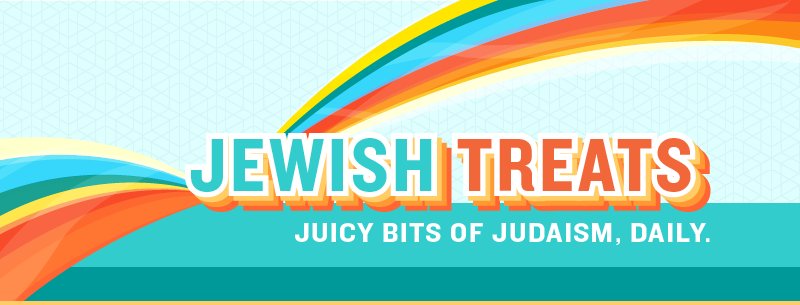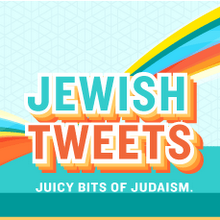Yom Kippur is the only holiday on which there is a weekday afternoon Torah reading. The section is taken from the portion of
Acharei Mot in Leviticus and deals with the laws of forbidden sexual relations.
The Haftorah is the story of Yonah (Jonah), one of the prophets of the Bible:
G-d chooses Yonah go to the Assyrian city of Nineveh and warn them that they will be
destroyed unless they change their ways. Instead of following G-d’s command, Yonah flees
onto a ship, hoping to avoid this mission.
G-d sends a great storm. The people on the ship, fearing for their lives, discern that Yonah is
the cause and, at Yonah’s instruction, throw him overboard. Yonah is swallowed by a large fish
(commonly interpreted as a whale). He lives inside the fish for three days, praying to G-d and
accepting G-d’s will. When he is returned to dry land, he goes to Nineveh and gives them G-d’s
message. The people repent and are saved.
Yonah, however, leaves the city depressed that this city of idol-worshipers heeded G-d’s
warning when his fellow Jews do not. He sits outside the city waiting to see what will happen.
While he sleeps, G-d makes a vine grow over him to shade him from the heat. Yonah awakes
and rejoices over the vine; but that night, G-d sends a worm to destroy the vine, causing Yonah
to weep. G-d then rebukes him for having pity on a plant that appeared and disappeared in one
night, but not having pity on the hundreds of thousands of souls of Nineveh.
We read from the Book of Yonah on Yom Kippur because it highlights the idea of
teshuvah, repentance.
Yonah realized that he had done wrong in trying to run away from G-d’s command. Yonah
actually follows the pattern for teshuvah: He recognizes his mistake while on the ship during
the storm; He verbally confesses that he was wrong by telling the men on the ship that he is
the cause and instructing them to throw him overboard; He regrets his actions as expressed
by the prayers he says while in the belly of the fish; and, when once again commanded by
G-d to go to Nineveh, he does so.
The men on the ship, seeing the power of the G-d of Israel, repent their worship of idols and
convert to Judaism.
The city of Nineveh heeds Yonah’s warning. The king of Nineveh decrees that his subjects
must don sackcloth and repent. G-d sees that the people actually change their actions. The
city is saved, highlighting the fact that G-d desires and accepts repentance from all people.
Copyright © 2010 National Jewish Outreach Program. All rights reserved.


